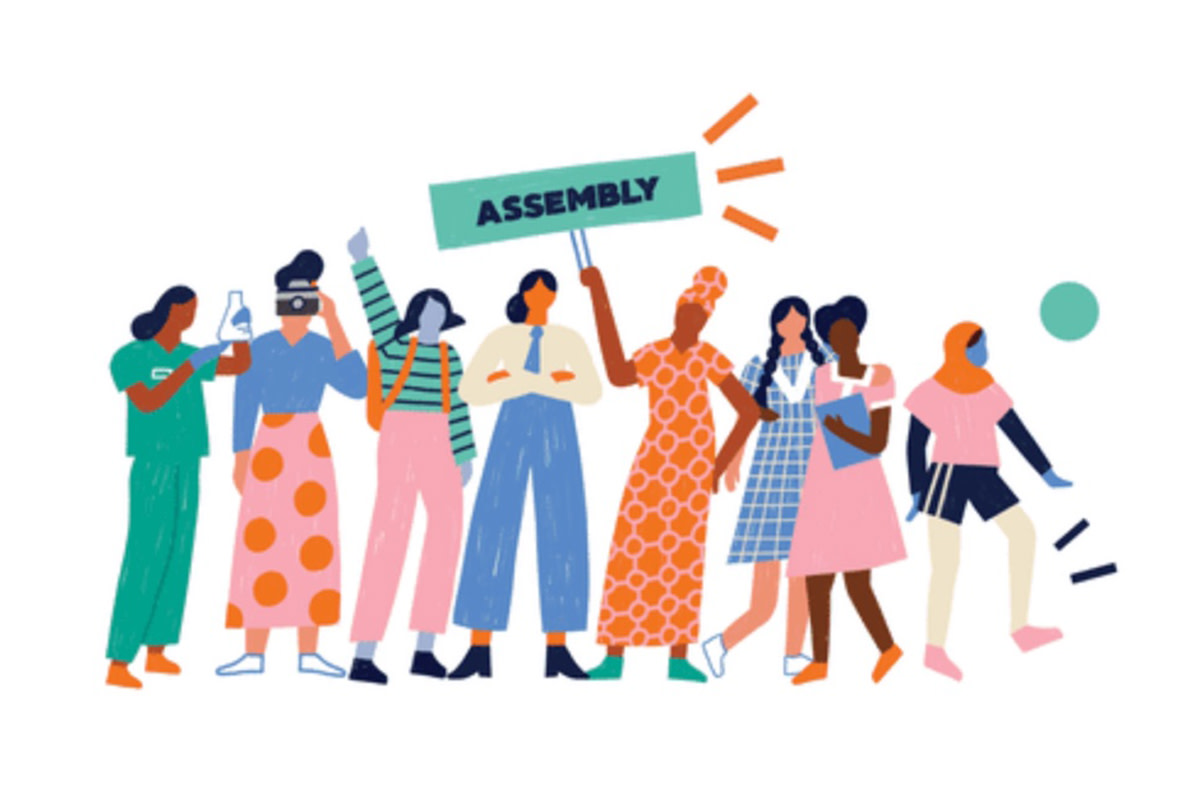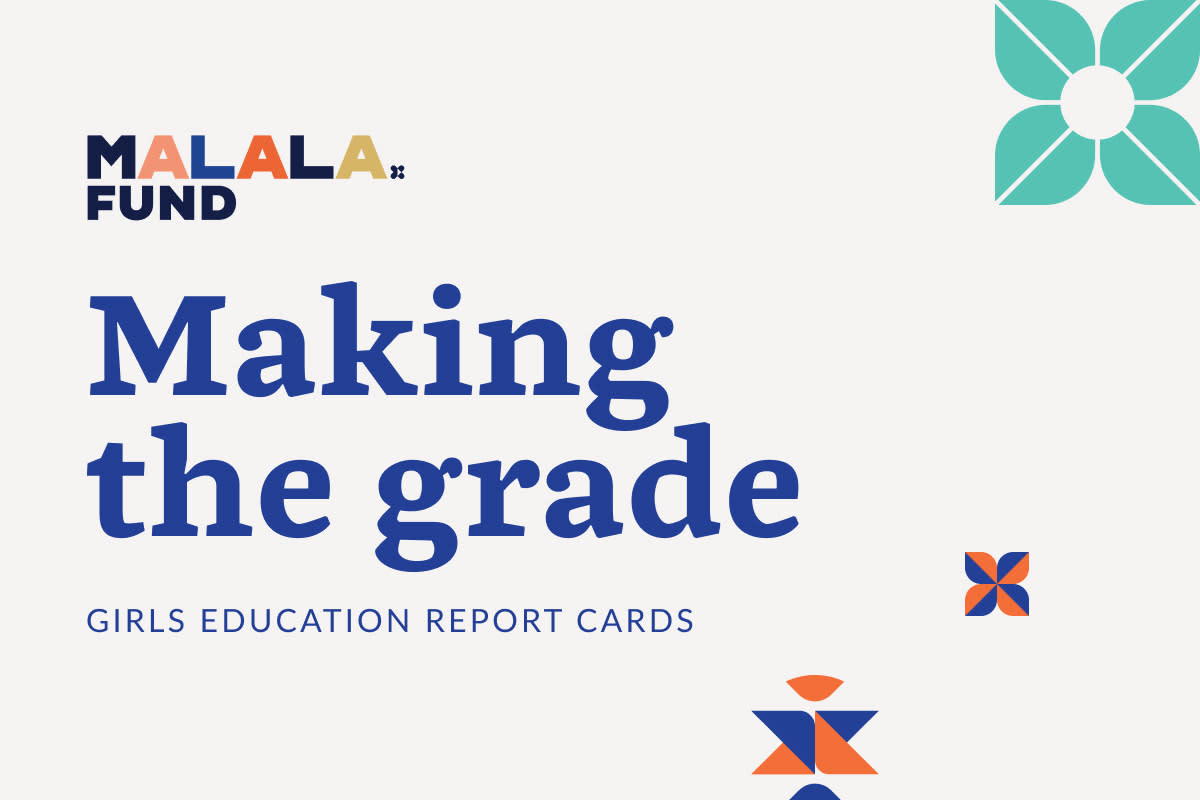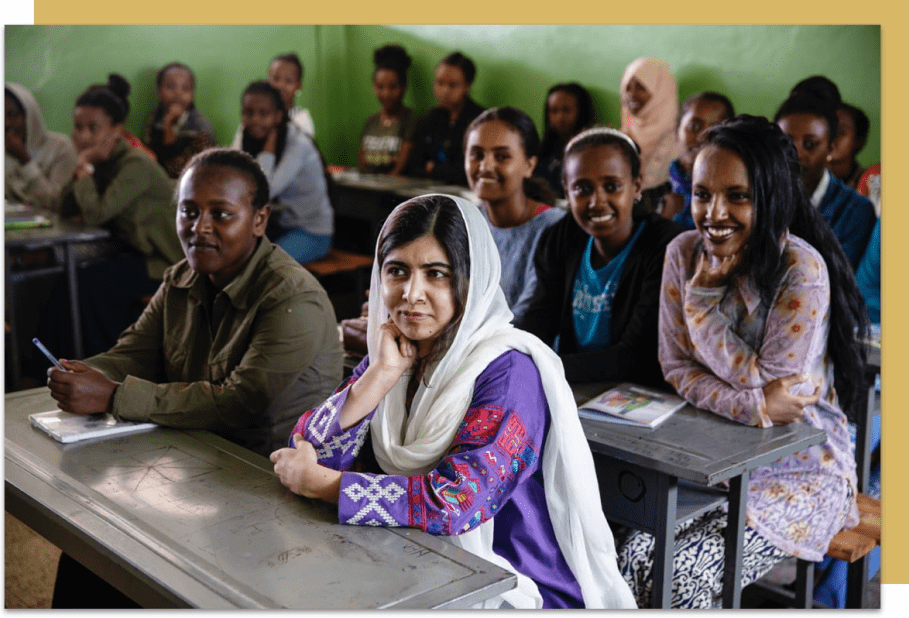
Courtesy of Yasmin Velloso for Malala Fund
Malala Fund’s latest report reveals the pandemic will have lasting effects for the most marginalised girls.
Almost 90% of the world’s countries have shut their schools in efforts to slow the transmission of COVID-19. While this will be a temporary hiatus for the majority of students, Malala Fund’s latest report reveals the pandemic will have lasting effects for the most marginalised girls. Girls' education and COVID-19: What past shocks can teach us about mitigating the impact of pandemics estimates that 20 million more secondary school-aged girls could be out of school after the crisis has passed.
"In a crisis like COVID-19, girls and young women are the first to be removed from school and the last to return,” said Malala Yousafzai. “But educated young women are also critical to public health and economic recovery. Malala Fund is calling on governments to start planning now to ensure all girls are able to return to school when the crisis has passed.”
The report uses insights from the 2014-15 Ebola epidemic and the 2008 global financial crisis to understand the short- and long-term consequences of COVID-19 for girls. Following the Ebola outbreak and school closures in Sierra Leone, Guinea and Liberia, enrolment rates for girls dropped. Increased rates of poverty, household responsibilities, child labour and teenage pregnancy as well as restrictive school policies prevented many girls from returning to the classroom. The epidemic also reduced funding for education as governments diverted funds to public health and put a strain on the preexisting teacher shortage.
"The international community has seen significant progress over the last 20 years to get children in school and learning,” said Philippa Lei, Chief Advocacy Officer at Malala Fund. "Many of these gains are now likely to be undone by the health crisis without targeted action from governments.”
After the 2008 financial crisis, aid to education stagnated, having grown in the previous decade. While education’s share of domestic expenditure remained, on average, the same as it was prior to the crash, lower gross domestic product led to falling public revenues, reducing the overall size of countries’ budgets and leaving countries with proportionally lower funds for education.
Girls' education and COVID-19 suggests how governments and international institutions can mitigate the effects of the current pandemic and help girls return to school, including finding ways to keep girls learning during the pandemic, factoring in gender when planning for reopening schools and making sure that education systems have adequate financing in the post-crisis months and years.
To learn more about the impact of COVID-19 on girls’ education and how Malala Fund Education Champions are helping girls learn during the pandemic, read the full paper here.




